10 Easy Edibles for First-Time Gardeners
http://decor-ideas.org 03/19/2014 22:25 Decor Ideas
The idea of growing edibles is always tempting. Photos of edible gardens promise you lush landscapes filled with a tantalizing mix of vegetables, herbs and flowers that will make all passersby stop and stare. Getting started with an edible garden can seem daunting, though, especially if you’re new to gardening. Fortunately, most edibles are fairly tough.
So the main question is simply, what do you grow? The following 10 edibles are good choices if you’re just getting started.
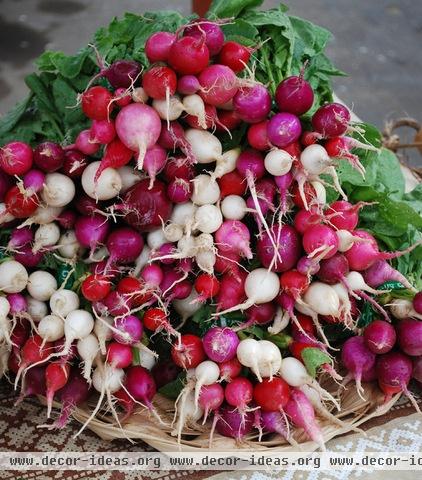
1. Radishes. Radishes may be one of the easiest edibles to grow. With some popular varieties, you can start eating the tops (as you thin out your plantings) within two weeks and start harvesting in three weeks. You can plant successively from early spring until summer approaches, then start planting again come fall.
See how to grow radishes
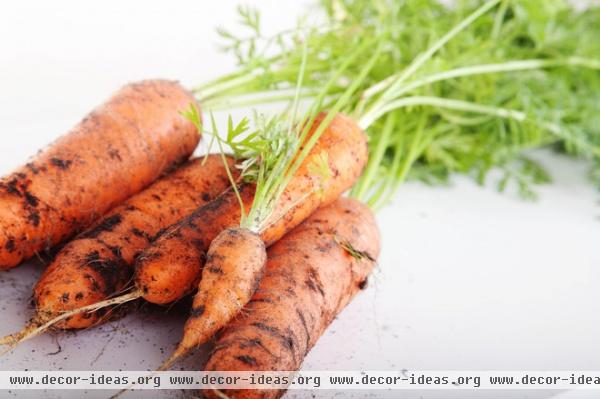
2. Carrots. Long and orange may be the familiar look, but today’s carrots come in a range of colors, from white to purple, and a range of shapes, from long and narrow to short and plump. Like radishes, they give you almost instant gratification when it comes to harvesting, as you generally can start pulling them to eat in a month or so. More than most other edibles, they do require loose, clod- and stone-free soil to maintain their shape.
See how to grow carrots
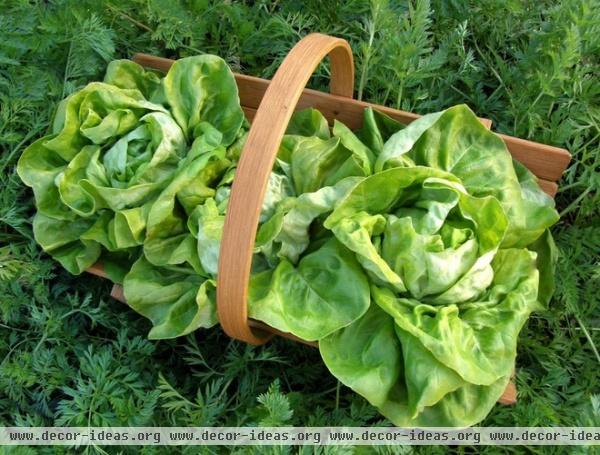
3. Salad greens. Growing your own salad greens is remarkably easy, and these are among the few edibles that do best in partial shade when it’s warm. Lettuce especially can get bitter in hot weather, even if you grow the newer varieties that have been bred to resist bolting. Start with some of the loose-leafed varieties of lettuce and mix in other greens, such as arugula, chicory, chervil and spinach, for a home-grown salad mix.
See how to grow lettuce, spinach and other salad greens.
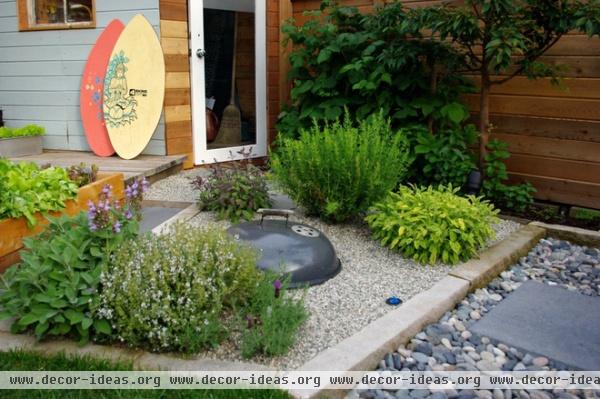
4. Herbs. Most of our favorite herbs are also the easiest edibles to grow. Some, like mint, are almost impossible not to grow — plant some in the ground and you’ll be pulling up mint all over your garden. Most herbs do best with full sun and little to regular water, and many, such as thyme, do double duty as ground covers. Plant them in a formal herb garden, mix with other edibles or grow in any type of planter or box.
See how to grow herbs
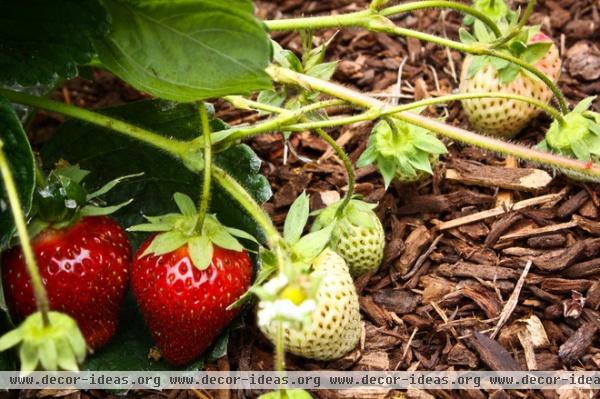
5. Strawberries. The taste of freshly picked strawberries is reason enough to grow them. Add to that their versatility in terms of varieties for almost all climates and their adaptability to any number of containers, including hanging ones, and you have a plant that can work for almost any gardener. Most gardeners treat them as short-lived perennials, meaning you’ll still have lush foliage after the fruiting season is over. While the list of possible problems might seem daunting, most gardeners find that strawberries are reliable and fairly trouble free (except for keeping birds out).
See how to grow strawberries
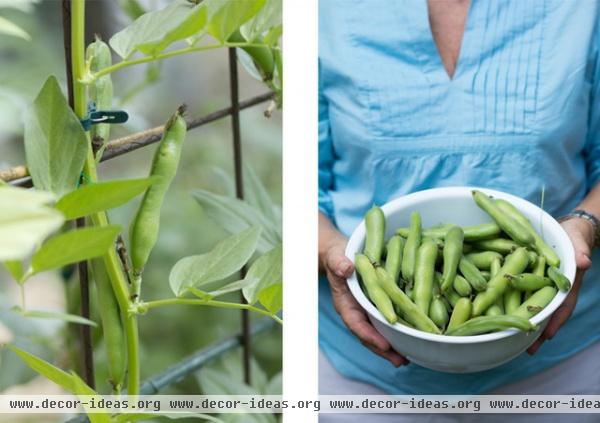
6. Beans. Beans are an edible-garden staple, and snap beans are the most popular type of bean to grow. Choose from bush beans, which produce an earlier crop while staying lower to the ground, or vining beans, the familiar climbing varieties that will climb up almost anything they can wrap their tendrils around. Once you’ve mastered these, you can branch out to dry beans, lima beans, scarlet runner beans, fava beans and even soybeans.
See how to grow beans
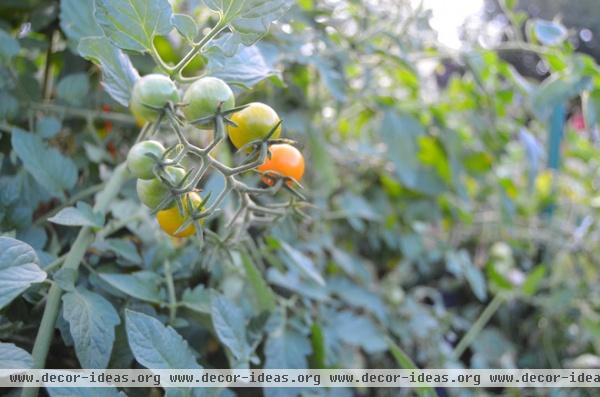
7. Tomatoes. For many gardeners it’s really not an edible garden without a tomato or two. Though you may hear all sorts of stories about possible problems, from whiteflies to scary-sounding diseases, the fact that tomatoes are probably the most popular edible to grow should encourage you. The key is to find the varieties that do well in your climate. The good news is that there are so many varieties now readily available, from heirlooms to disease-resistant hybrids, so you can easily find something that works for you.
See how to grow tomatoes
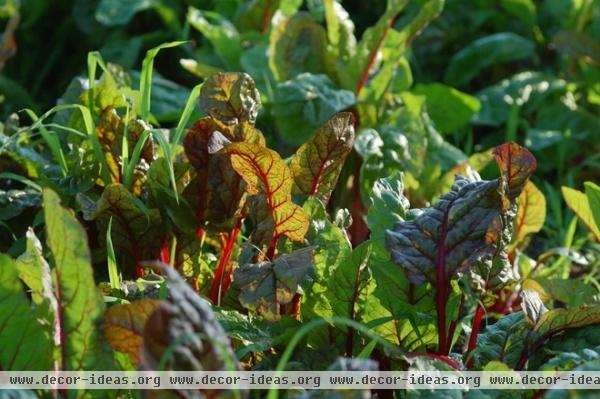
8. Chard. “Easy to grow” defines Swiss chard. It grows well from seed, prefers cooler weather (but can handle a fair amount of summer heat) and can be harvested approximately 60 days after the first seeds were planted while still continuing to produce, even through winter in warm-winter climates. Grow it separately or mix it with other edibles and even ornamentals, especially if you’re growing one of the colorful Bright Lights chards.
See how to grow chard
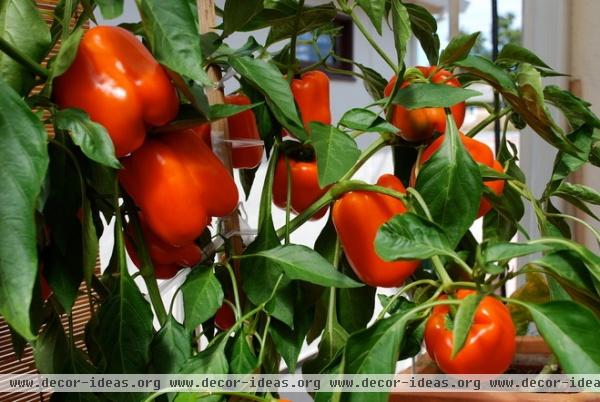
9. Peppers. Peppers of all types need a long, warm to hot growing season, but they’re worth the wait. Plant sweet peppers for milder flavor and a range of colors from yellow and red to green and purple, and sizes from tiny to large enough to stuff and bake. If your taste buds are more adventurous, give hot peppers a try. You’ll find everything from mildly spicy to so hot, you’ll need to taste with caution.
See how to grow peppers
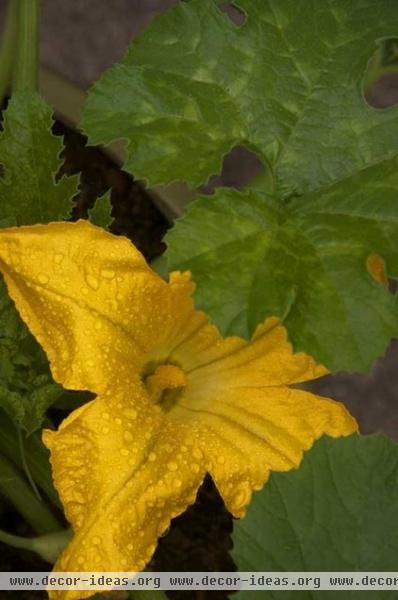
10. Zucchini. If you plant zucchinis, be prepared to start eating them a couple of months later and to continue consuming them throughout the summer.
The zucchini is legendary for how easy it is to grow and how much it produces, but the same can be said of almost any of the squashes, including pumpkins. They’re notorious for springing up where seeds have overwintered, including compost piles, and the resulting amount of fruit can be overwhelming. The space requirements can also be a little daunting, as most require a fair amount of room for sprawling. But if you have the space (or find a compact variety), zucchinis and other squashes are easy edibles to grow.
See how to grow zucchinis and other squashes
See more edible gardening tips
Related Articles Recommended












